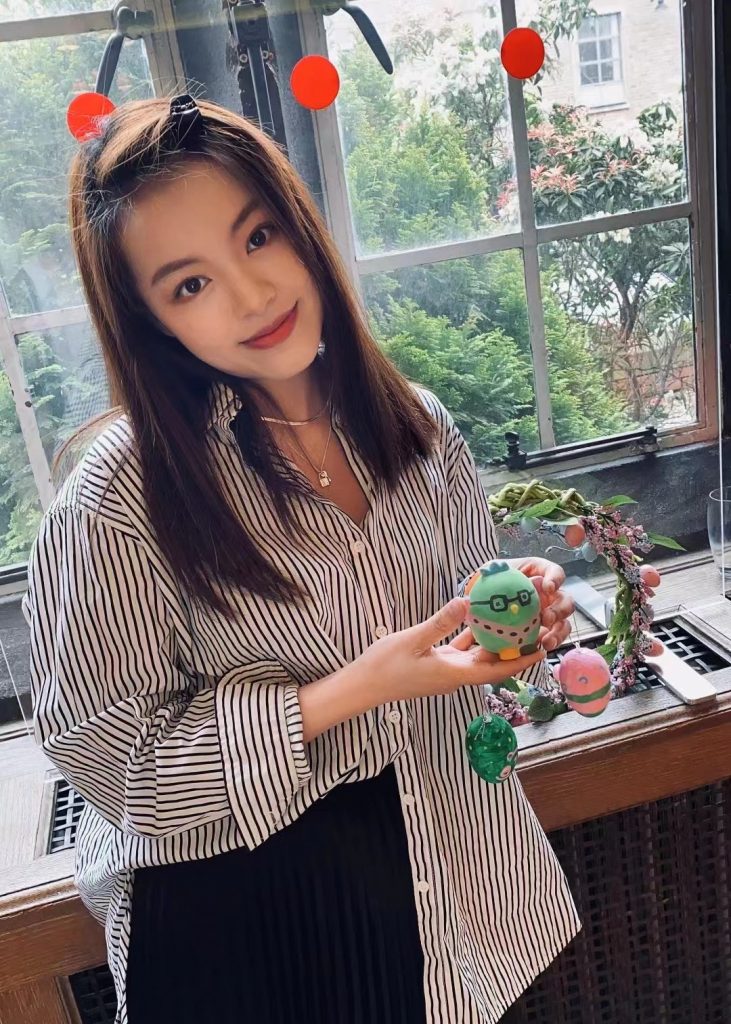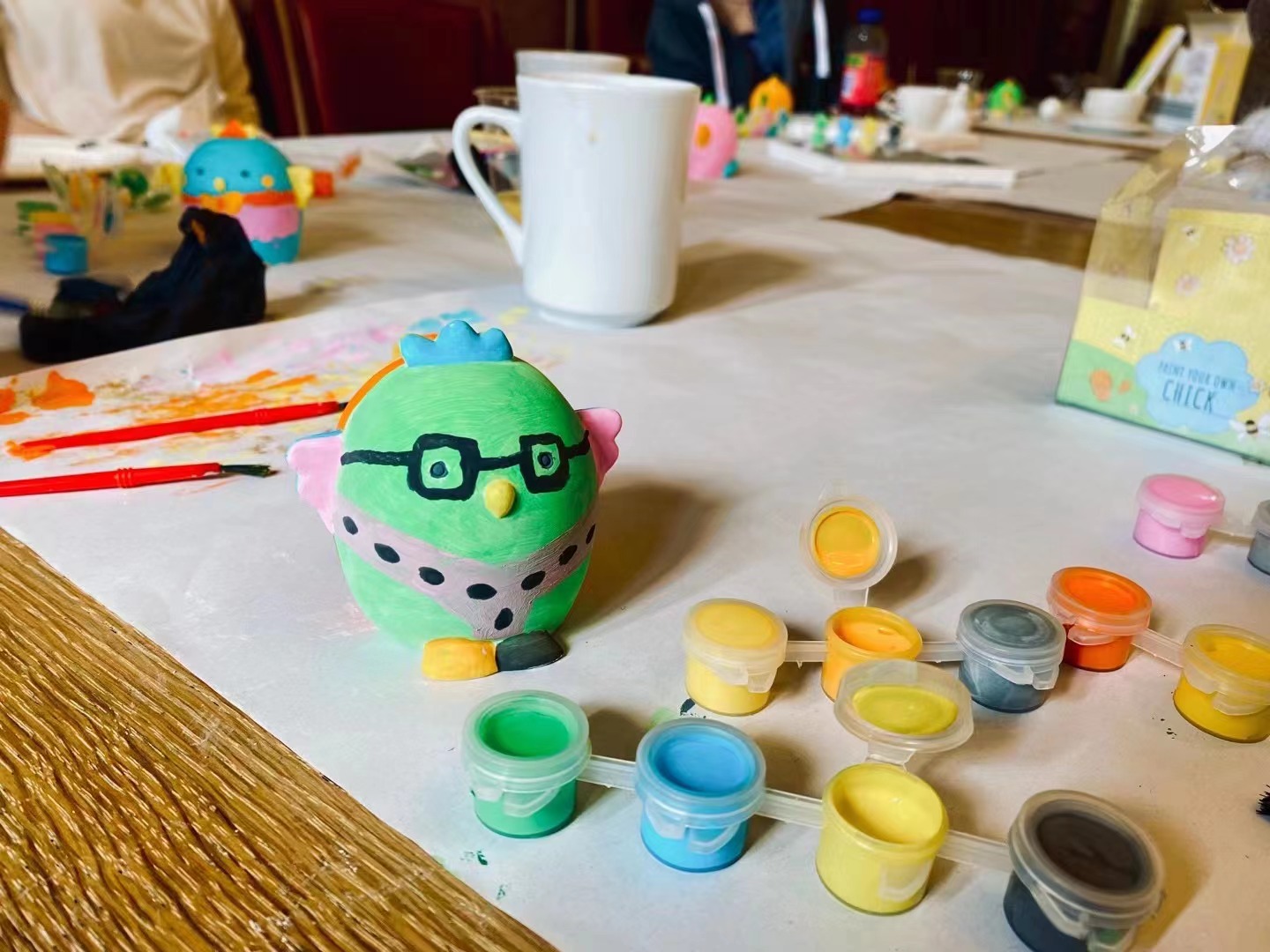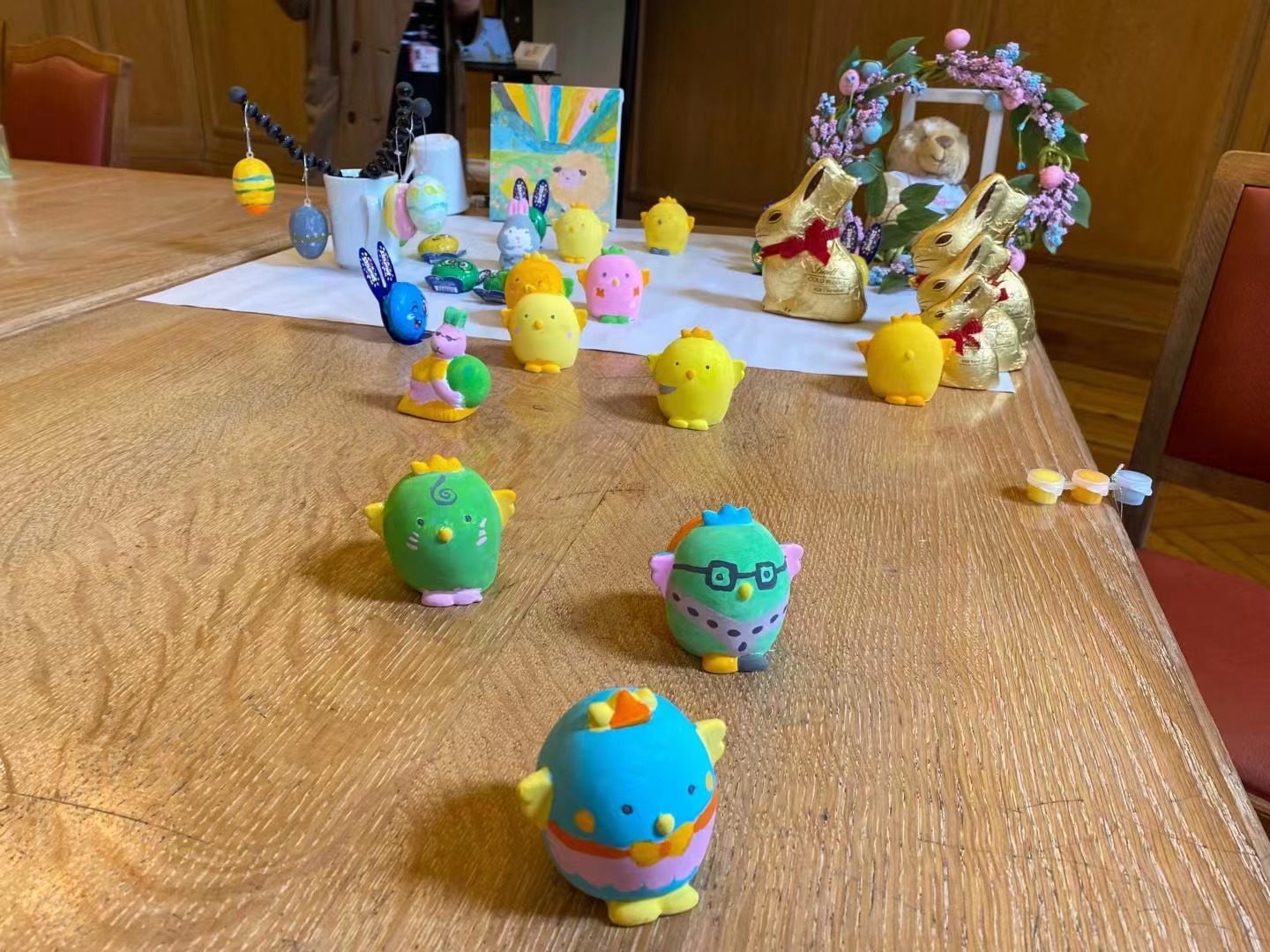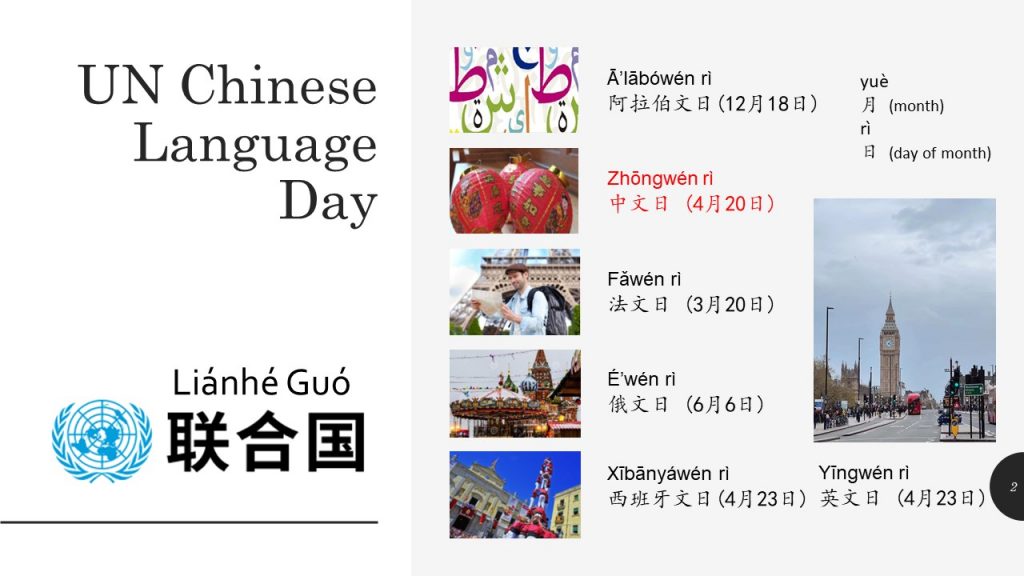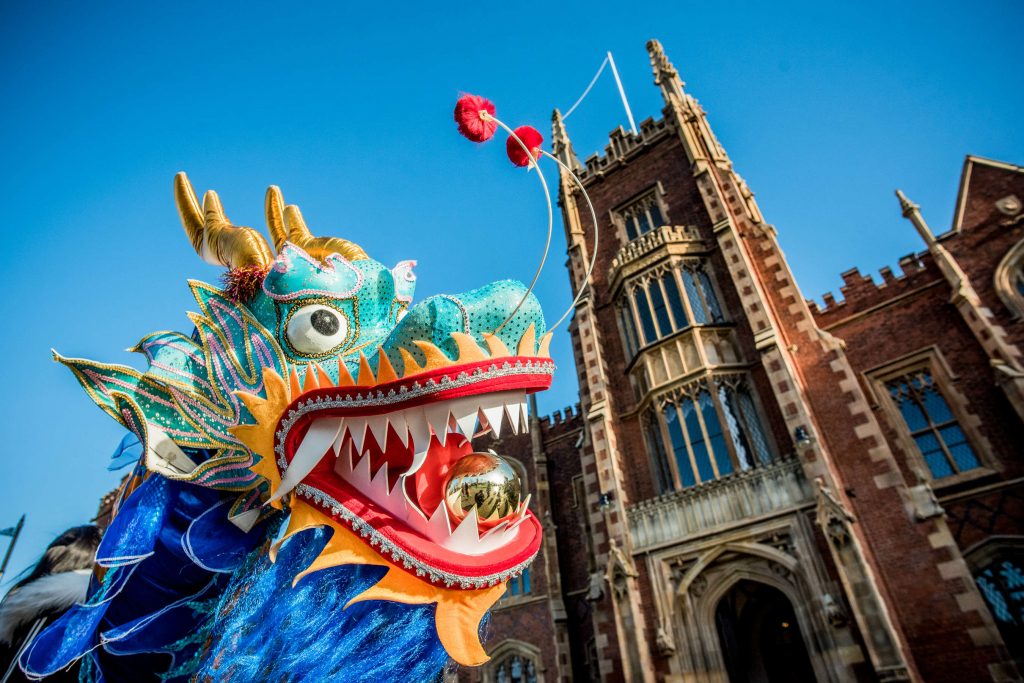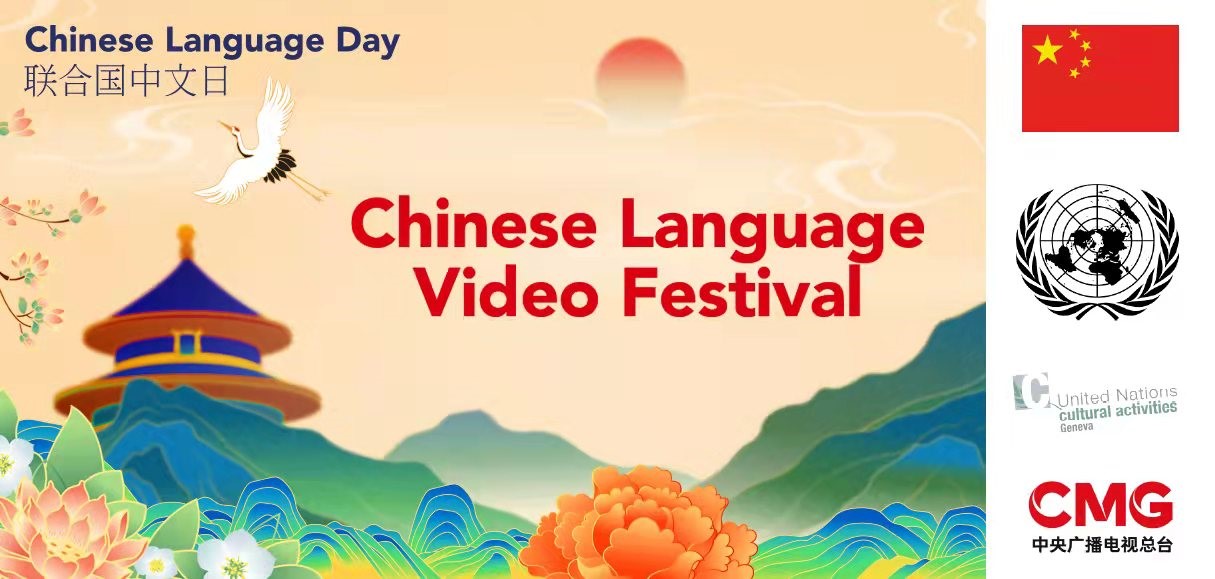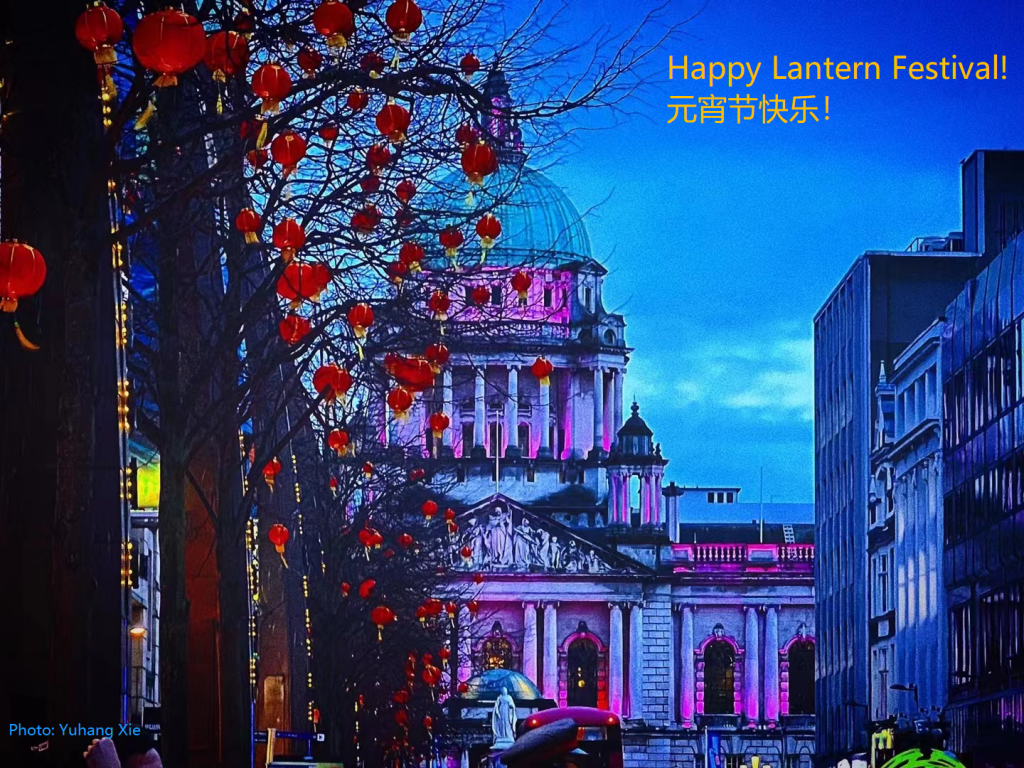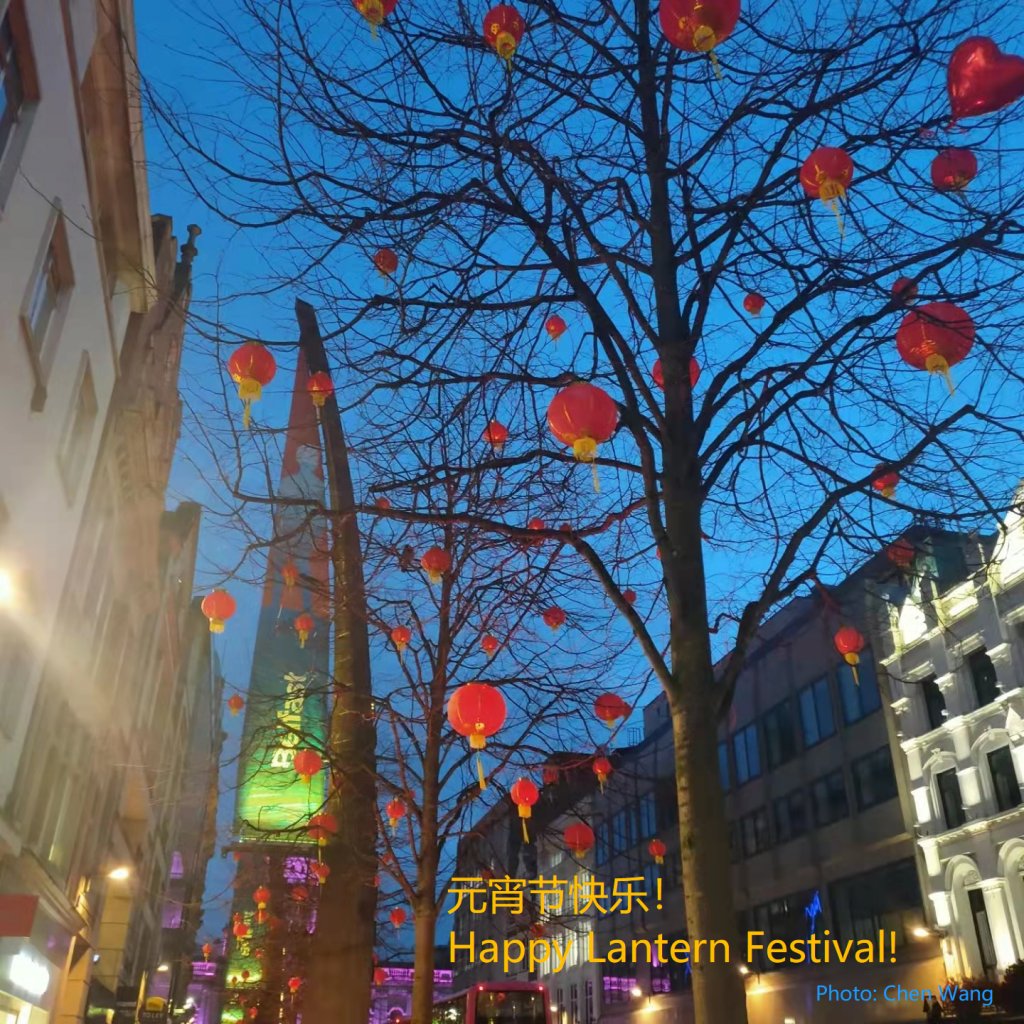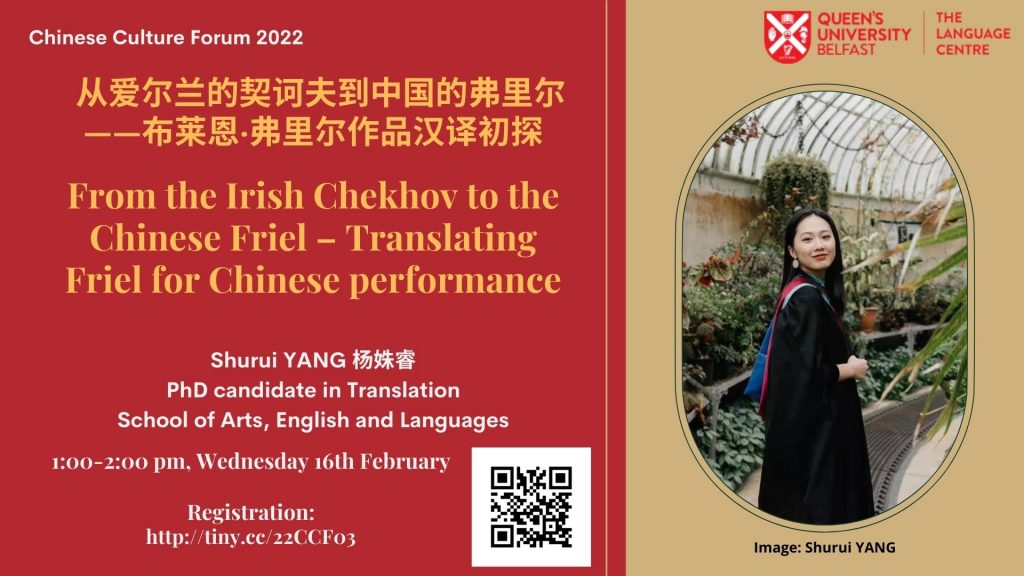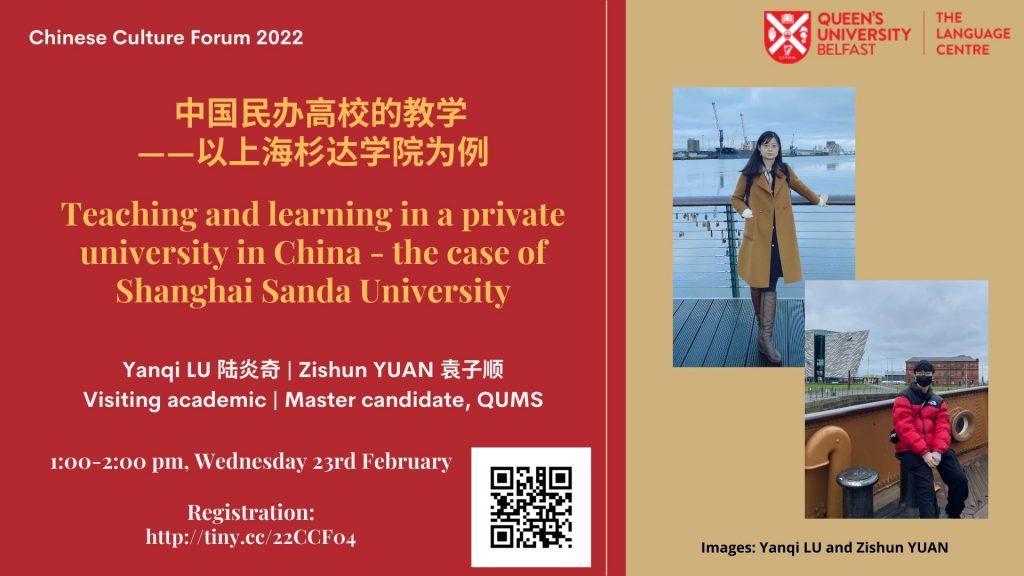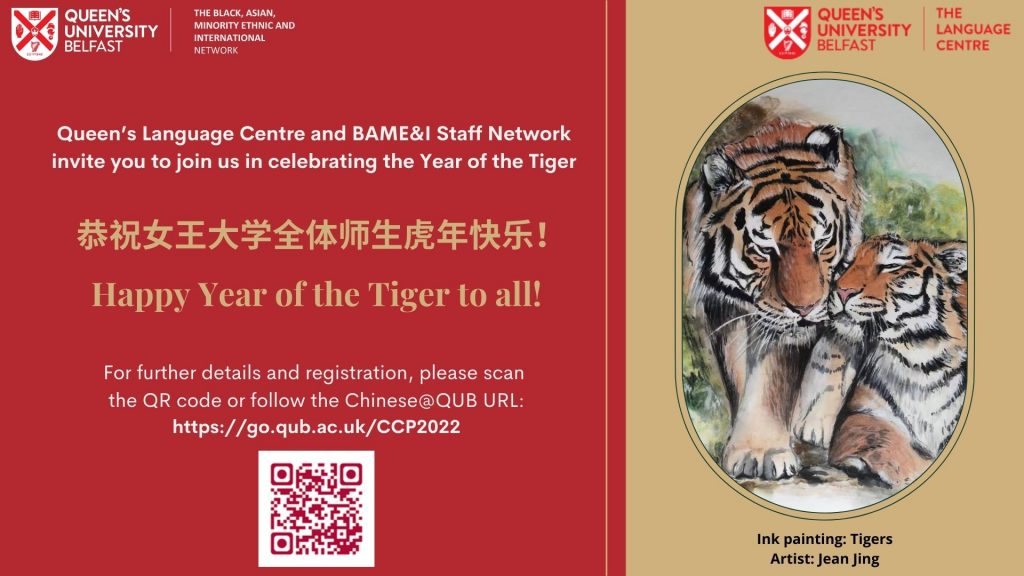Various parts of the world choose different dates for World Baking Day, e.g., the two most common dates are the 15th or 17th of May. For baking lovers what matters the date is less relevant than the opportunity for baking lovers to please themselves and their family, friends and neighbours.
Today, we invite Xiuying DENG (also see Eggcellent Easter) to share with us her experience of baking a Basque cheesecake, which is a type of cheesecake with a strong burnished flavour. The Basque cheesecake is baked until the outside of the cake is charred. It is named after the region’s name, the Basque in Spain.
As a foodie with sweet tooth, I tried to learn to bake Basque cake quite a while ago. The first attempt was so successful and the entire process didn’t take much time. I really found it enjoyable and full of confidence for the next one.
– Xiuying deng
Well, here is the way of how to make a Basque cheesecake with only a few required ingredients. At a grocery store or supermarket, one can easily find and buy the following items:
- granulated sugar (白砂糖 bái shā táng)
- Greek style yogurt (希腊酸奶 Xīlà suānnǎi)
- fresh whipping cream (新鲜淡奶油 xīnxiān dàn nǎiyóu)
- cornflour (玉米淀粉 yùmǐ diànfěn)
- cream cheese (奶油奶酪 nǎiyóu nǎilào)
- eggs (蛋 dàn)

Required ingredients: cream cheese 250g, fresh whipping cream 150g, yogurt 200g, two eggs, sugar 55g and cornflour 10g.
When all these items are ready, just get started. The following is the process of making a Basque cheesecake. Let’s go –
Step 1: Add cream cheese, yogurt and two eggs in a bowl and stir them well.
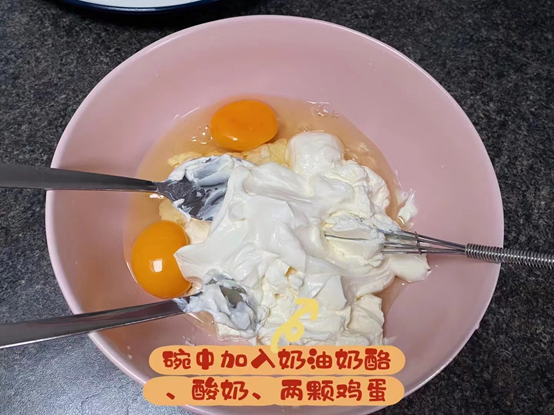
Step 2: After stirring evenly, add some sugar and cornflour in the same bowl.

Step 3: Pour the mixed paste into the mold, and put it into the preheated oven (turn the oven to 180 degrees and bake for 20 minutes; then turn it up to 200 degrees, bake for another 10 minutes.)
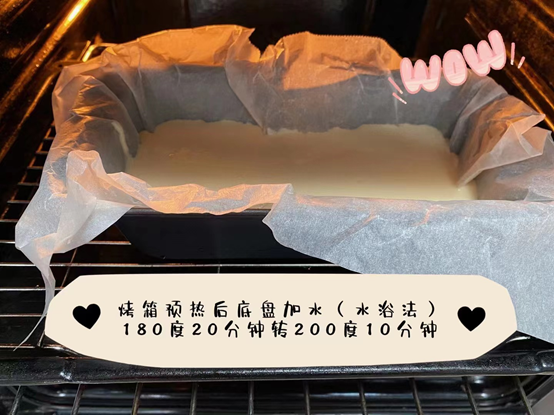
Step 4: Cool the baked cake and put it in the fridge for 4 hours.
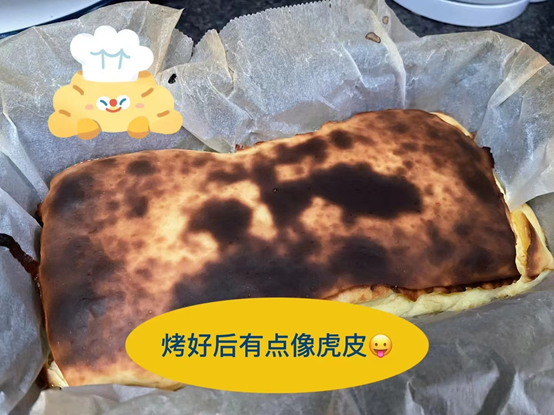
Step 5: Use your creative mind to decorate it.

The above is the process of making Basque cake. Finally, remember to take nice photos of the presentation so that you can have your cake and eat it. I hope you all can manage to create delicious cakes!
Author: Xiuying DENG, MA candidate in Marketing, Queen’s Management School
Editor: Martin Duffy, MA candidate in Irish Studies with a focus on Public History at the Institute of Irish Studies, Queen’s University Belfast.



